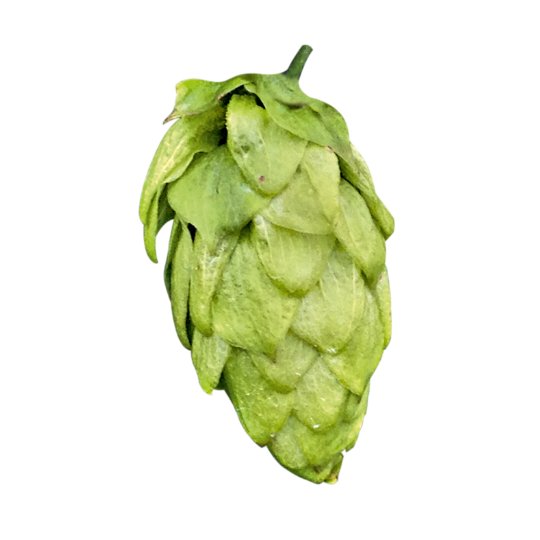
Hops
Share
Hops are a vital ingredient in brewing beer, contributing bitterness, flavor, and aroma to the finished product. Understanding the characteristics of different hop varieties and how to use them effectively is essential for homebrewers. Here's a comprehensive guide to hops used in homebrewing:
1. Understanding Hop Characteristics:
-
Alpha Acids: Alpha acids are compounds responsible for bitterness in beer. Higher alpha acid content indicates greater bitterness potential. Beers with higher bitterness typically have a more pronounced hop flavor.
-
Beta Acids: Beta acids contribute to hop aroma and flavor. They also play a role in beer stability and aging.
-
Hop Oils: Essential oils in hops contribute aroma and flavor to beer. The composition of hop oils varies between hop varieties, influencing the aroma profile of the beer.
2. Hop Forms:
-
Whole Hops: Whole hop cones are the whole dried flowers of the hop plant. They provide excellent flavor and aroma but can be more difficult to strain from the wort.
-
Pellet Hops: Pelletized hops are ground hop cones compressed into pellet form. They are easier to store, measure, and use in brewing, making them a popular choice for homebrewers.
-
Hop Extracts: Hop extracts are concentrated forms of hop oils and acids. They are often used for bittering or flavoring in commercial brewing but are less common among homebrewers.
3. Hop Usage:
-
Bittering Hops: Added early in the boiling process to extract alpha acids and provide bitterness to the beer. Common bittering hops include Magnum, Columbus, and Chinook.
-
Flavor Hops: Added towards the middle of the boiling process to contribute flavor to the beer. Common flavor hops include Cascade, Centennial, and Amarillo.
-
Aroma Hops: Added late in the boiling process or during dry hopping to impart aroma to the beer. Common aroma hops include Citra, Simcoe, and Mosaic.
-
Dry Hopping: Adding hops directly to the fermenter after fermentation to enhance aroma without increasing bitterness. Dry hopping is common in hop-forward beer styles like IPAs.
4. Hop Selection:
-
Hop Variety: Consider the flavor and aroma characteristics of different hop varieties when selecting hops for your recipe. Experiment with different varieties to find combinations that suit your taste preferences.
-
Hop Alpha Acid Content: Determine the desired bitterness level of your beer and choose hops with an appropriate alpha acid content. Use a hops calculator to calculate the amount of hops needed to achieve the desired bitterness.
-
Freshness: Freshness is crucial for hop quality and aroma. Store hops properly in airtight containers in a cool, dark place to preserve their freshness.
5. Tips for Using Hops:
-
Hop Additions: Follow your recipe's instructions for hop additions, including timing and quantities. Adjust hop additions based on your taste preferences and the beer style you're brewing.
-
Hop Boil Times: Longer boiling times extract more bitterness from hops, while shorter boil times preserve more hop flavor and aroma.
-
Hop Steep Times: Steeping hops at lower temperatures (below boiling) can preserve delicate hop aromas and flavors.
-
Dry Hopping Techniques: Use a hop bag or hop spider to contain hop particles during dry hopping. Monitor the duration of dry hopping to avoid excessive grassy or vegetal flavors.
-
Hop Combinations: Experiment with different hop combinations to create complex flavor profiles in your beer. Consider blending bittering, flavor, and aroma hops for balance and depth of flavor.
By understanding the characteristics of hops and how to use them effectively in brewing, homebrewers can create flavorful and aromatic beers that showcase the diversity of hop varieties available. Experimentation and creativity are key to mastering the art of hop utilization in homebrewing. Cheers to your hoppy brewing adventures!
